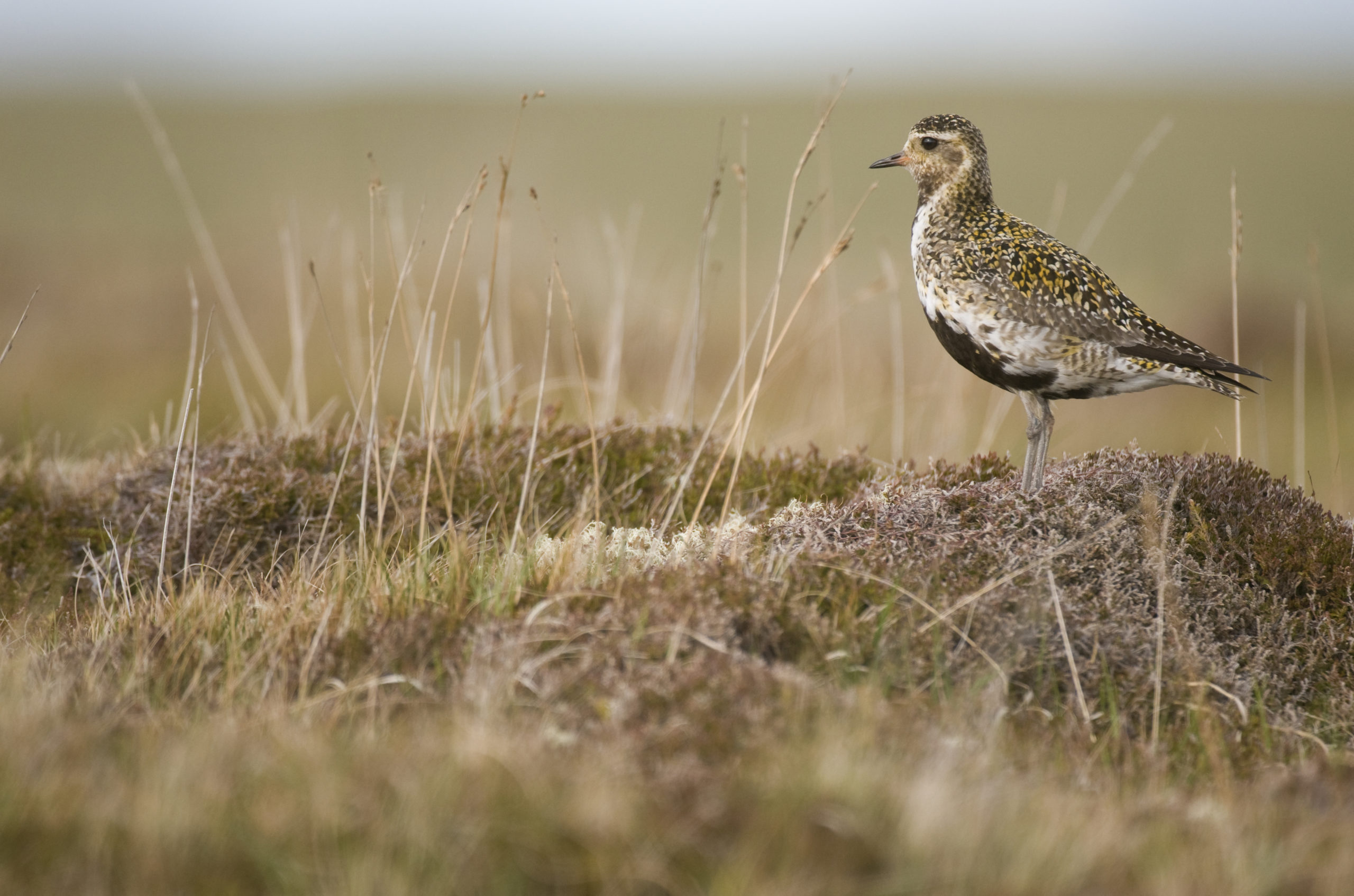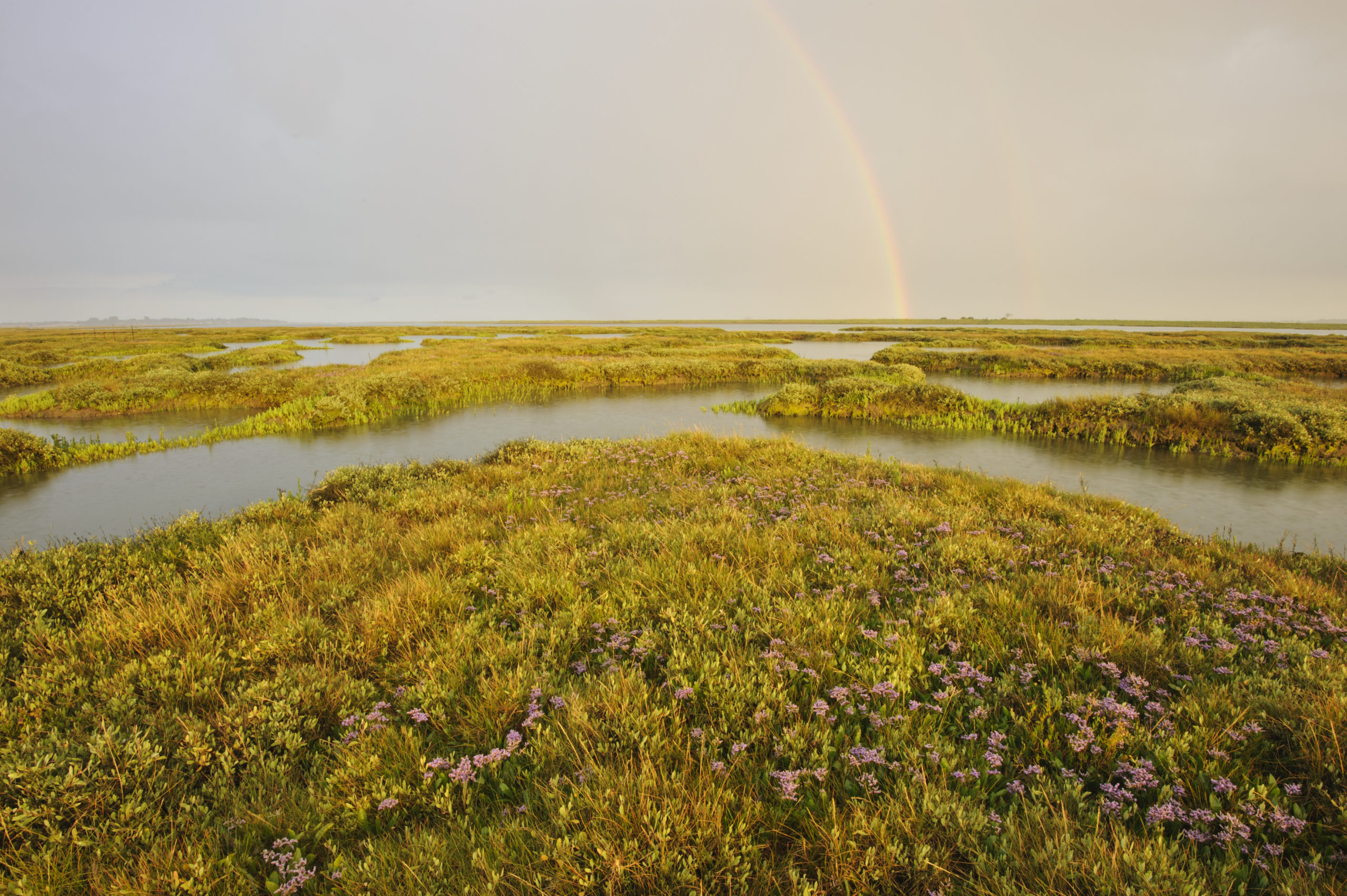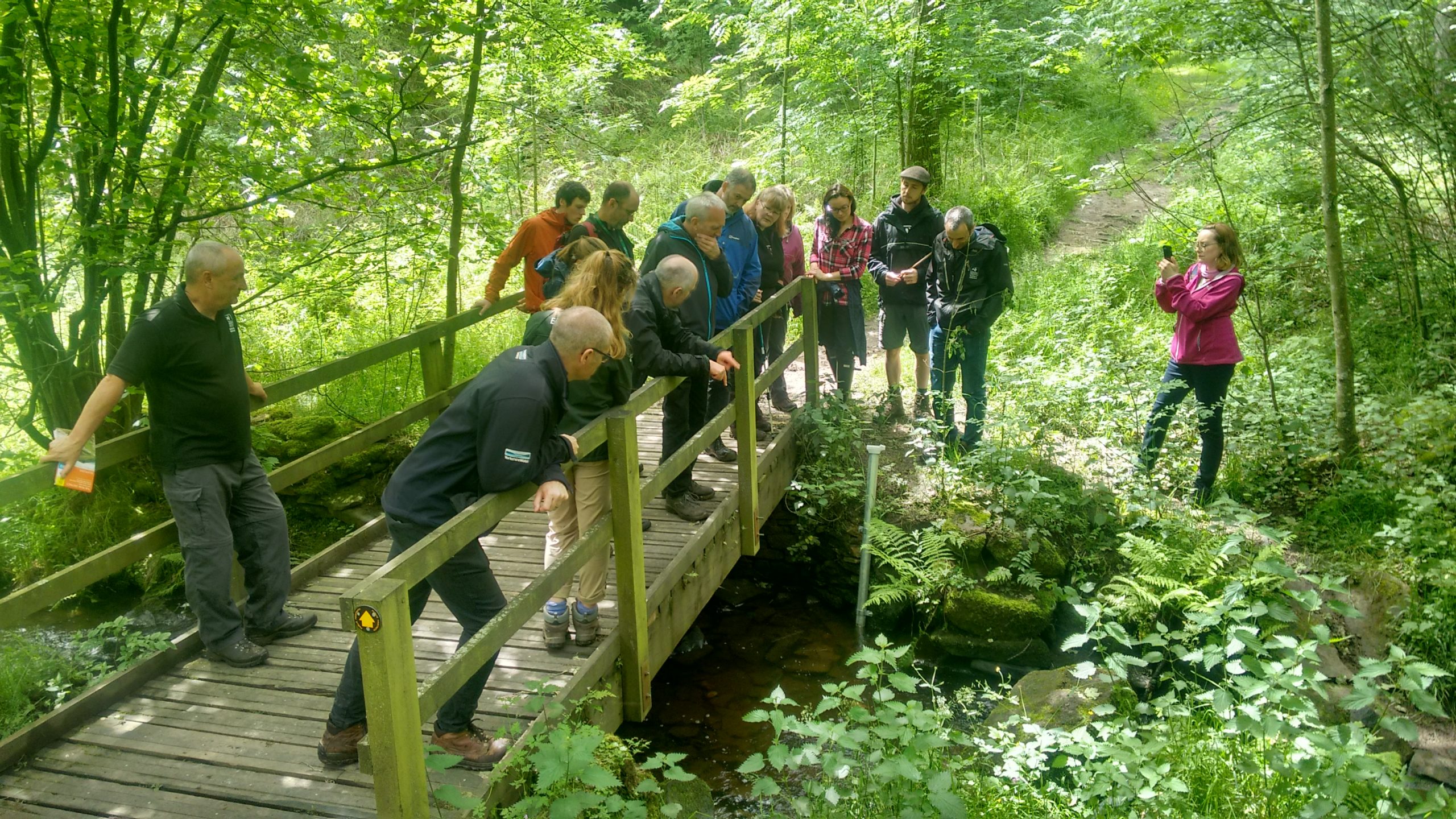The climate crisis now regularly makes the headlines, and rightly so. But there is another inextricably linked crisis lurking too, often unnoticed in its shadow: the massive, ongoing loss of nature. In the UK, 41% of species have declined since 1970 and one in seven are now threatened with extinction. The climate crisis has ramifications for wildlife but the environment does offer us the possibility of natural solutions.
Healthy natural habitats can store huge amounts of carbon, taking it out of the atmosphere and locking it away in soils and plant matter, sometimes for thousands of years. But many of our wild places are damaged, fragmented and threatened with further destruction. As these habitats are lost, carbon is released. To tackle the climate emergency, we need to protect and restore our wild places.
Green carbon
Carbon that is stored by ecosystems on land is known as green carbon. When you think about natural solutions to climate change, tree planting is probably the first thing that springs to mind. Trees absorb carbon as they grow, storing it in their trunks, boughs, roots and in the soil. Allowing woodlands to grow naturally will lock up carbon and help counter our manmade carbon emissions. But trees can only be part of the solution; alone they are not enough. Nature has an arsenal of other, powerful natural climate solutions that currently receive much less attention.
Peatland is a type of wetland, made up of soil formed from slowly decomposing plants. Peatlands cover just 3% of the earth’s surface but store more carbon than any other habitat on land. The UK’s peatlands alone contain 3.2 billion tonnes of carbon. Healthy peatlands also play a role in reducing flooding and improving water quality, as well as providing a home for some wonderful wildlife, like the dazzlingly plumaged golden plover.

But damaged peatlands are a major source of greenhouse gas emissions. Peatland has to be wet to be healthy, and much of our peatland has been drained. At least 80% of the UK’s peatlands are damaged and may be releasing up to 23 million tonnes of carbon dioxide a year – that’s more than is absorbed by all our woodlands. Fixing them must be a first step.
The same is true for many other habits: when healthy, they’re excellent carbon stores, but when damaged they release carbon. Grasslands soak up and store carbon in their roots and the soil but, between 1990 and 2006, an estimated 14 million tonnes of carbon dioxide were released by grasslands being put to the plough.
Blue carbon
Our oceans lock up even more carbon than the habitats on land, absorbing an estimated 20-35% of manmade carbon dioxide every year. This is called blue carbon and can be stored in plants, sediments and even the bodies of animals.
Saltmarshes are superstars of the carbon storage world. They absorb carbon at a faster rate than either peatlands or woodlands. These coastal habitats act as a buffer against erosion and as important breeding and feeding grounds for a host of birds and other animals.
Seagrass meadows are almost as impressive, responsible for 10% of the ocean’s total burial of carbon, despite covering less than 0.2% of the ocean floor. Carbon is also stored through the actions of marine life. From tiny phytoplankton that absorb carbon as they grow, to huge whales that carry carbon down to the seafloor when they die.
But our blue carbon solutions are threatened. In the UK, we’ve lost nearly 50% of our seagrass beds in the past 35 years. We are also losing around 100 hectares of saltmarsh each year to development and rising sea levels. As these habitats are damaged, carbon is released, making the problem worse. Our seas are not as healthy as they should be, but even in their current state they take up huge amounts of carbon dioxide. Imagine how much more they could hold if we restored them by bringing back more seagrass meadows, coastal marshes and the wildlife they support.

Restoring the natural solutions
Clearly natural solutions have a big part to play in tackling the climate crisis, so restoring these damaged habitats and ecosystems must be a priority. The Wildlife Trusts are playing a leading role in making this happen. Projects around the UK are improving, expanding and protecting the wild places that are key for capturing carbon.
The Yorkshire Peat Partnership, managed by Yorkshire Wildlife Trust, has completed restoration work on over 30,000 hectares of blanket bog, an important peatland habitat.
At Abbotts Hall Farm, Essex Wildlife Trust successfully created new, diverse saltmarsh habitat.
The Great Fen Project, led by Bedfordshire, Cambridgeshire and Northamptonshire Wildlife Trust, is creating a large wetland landscape. Working with farmers to restore over 9000 acres of fen and raising the land’s capacity to absorb carbon dioxide.
Closer to home, Sheffield Lakeland Landscape Partnership is working with farmers in the Upper Don catchment to help them retain what’s already good in terms of water management. This includes installing new natural flood management measures where they are appropriate. In the first 18 months of the project we have already undertaken work on six sites. Protecting existing wetland habitats, fencing off watercourses to prevent erosion by livestock. Installing new gates and culverts to address soil erosion problems and removing invasive rhododendrons which were smothering native wetland vegetation.
 A meeting at Langsett to discuss the most effective natural flood management solutions
A meeting at Langsett to discuss the most effective natural flood management solutions
The Wildlife Trusts are also championing a Nature Recovery Network – a coordinated, effective response to restore and connect habitats across the whole of the UK. Essentially, we need wild places to be more numerous, healthier and better connected. This broad connected approach is vital to stopping the loss of nature and, with 66% of carbon in nature-rich areas lying outside of protected sites, helping combat the climate crisis.
Nature has solutions – and we are in desperate need of them all. It is essential we restore these damaged systems. Help us create a wilder future: wildsheffield.com/wilder
Will Parsons is The Wildlife Trusts’ public affairs officer.